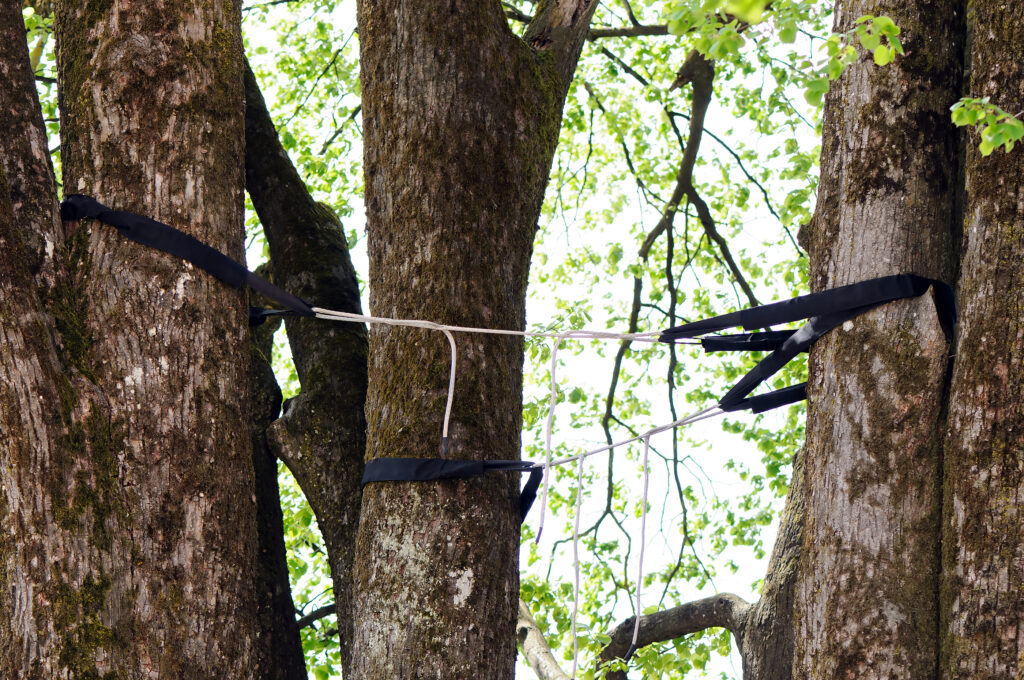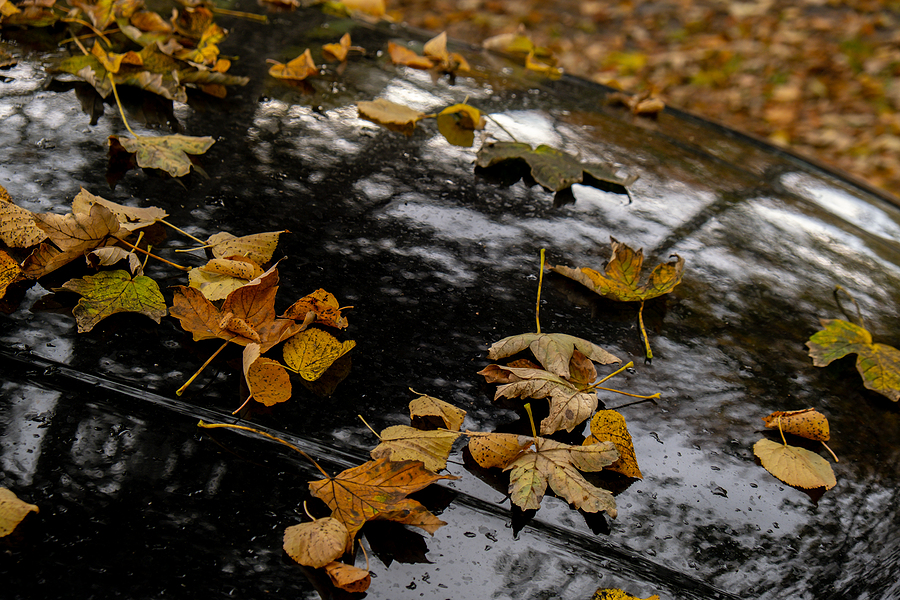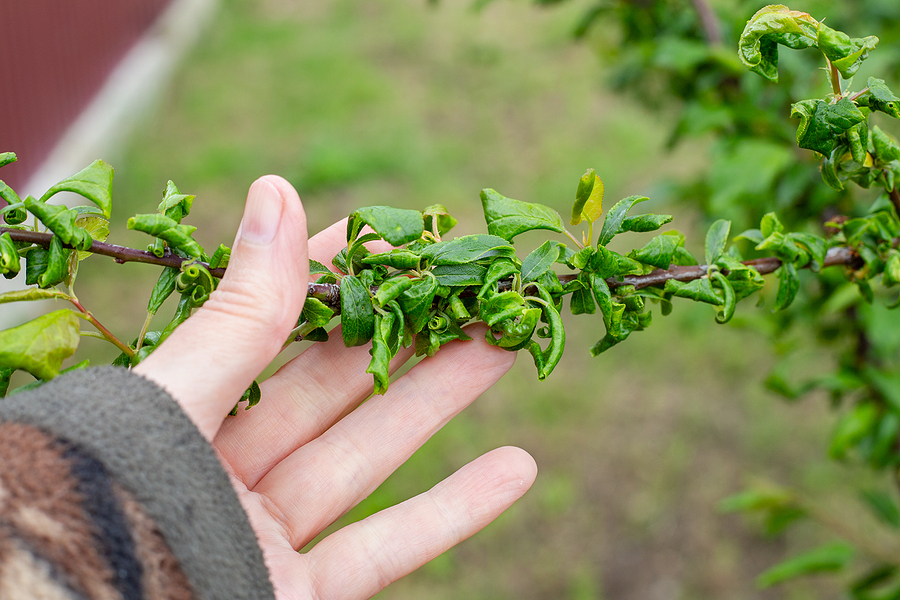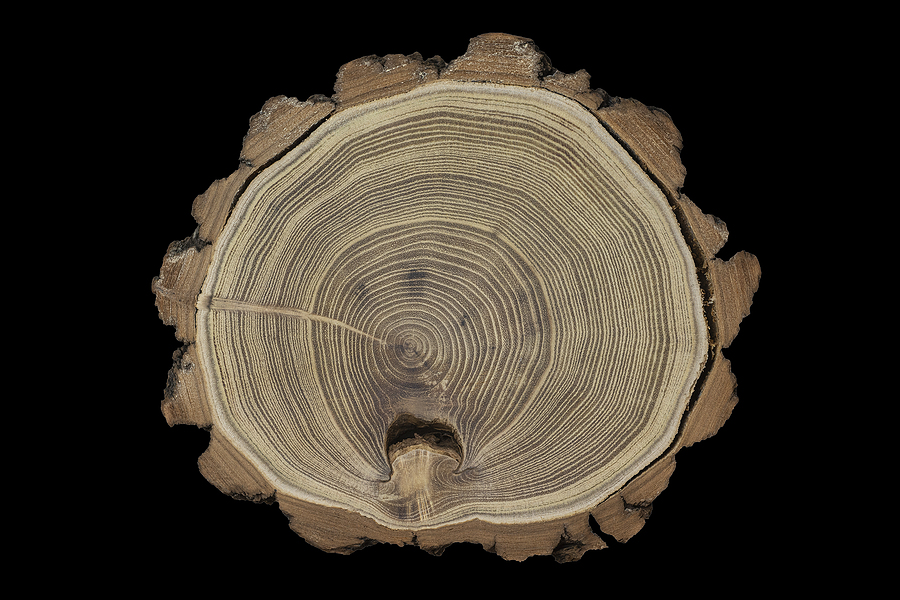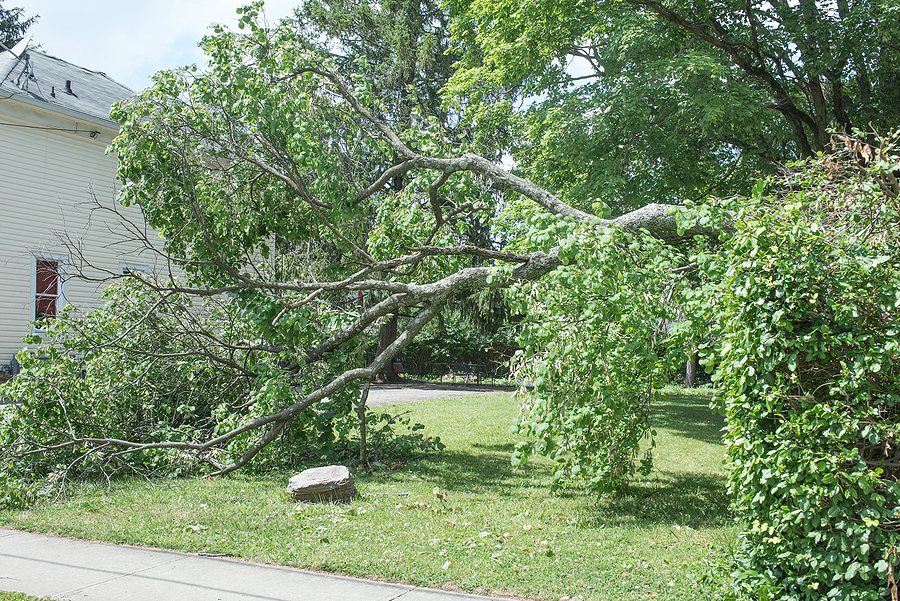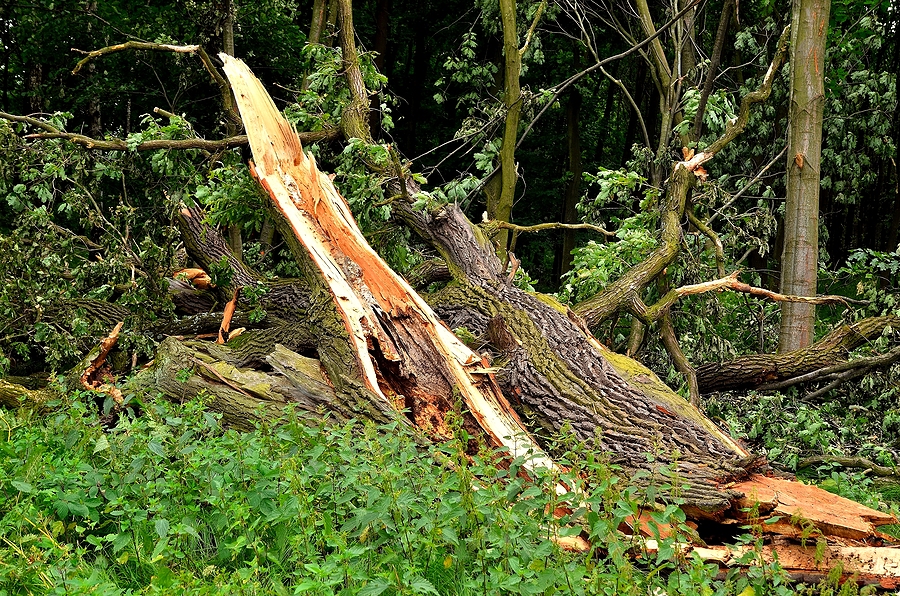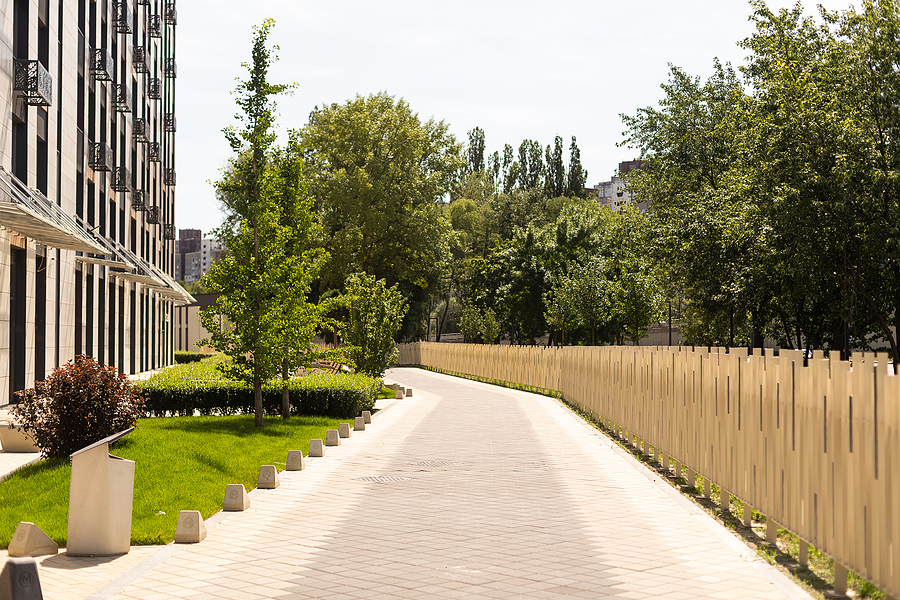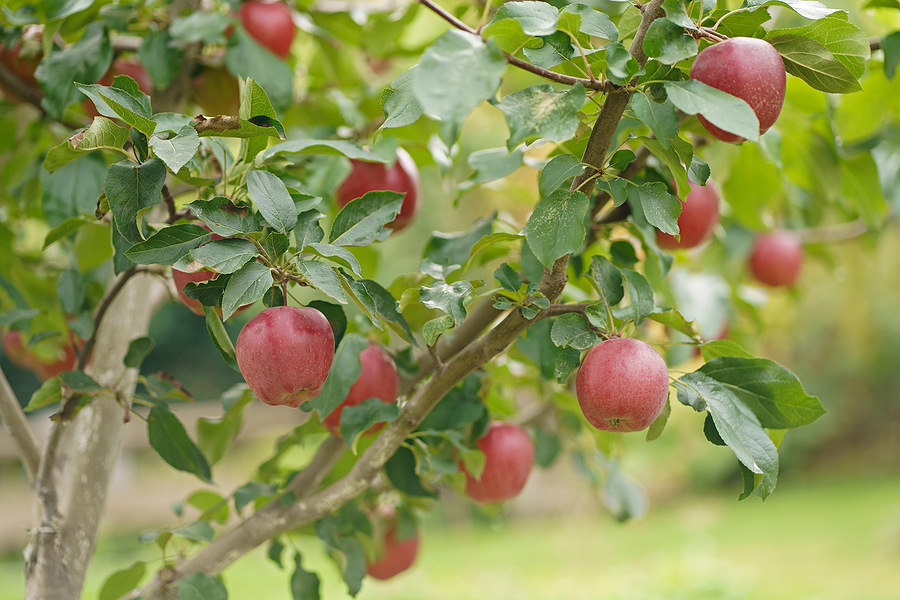Just like any living organism, trees can also fall prey to diseases and ailments. They, too, have life coursing through their veins, albeit in the form of sap and not blood. The health of these silent, life-giving companions can drastically affect the ecosystem they inhabit. But how can we tell if a tree is sick or dying? What are the symptoms of tree diseases?
This blog post aims to equip you with the necessary knowledge to identify the signs of a sick tree, ensuring you can take prompt action to prevent further damage. Stay tuned as we delve deeper into the world of arboriculture, understanding the silent signals our leafy friends send when they are under the weather.
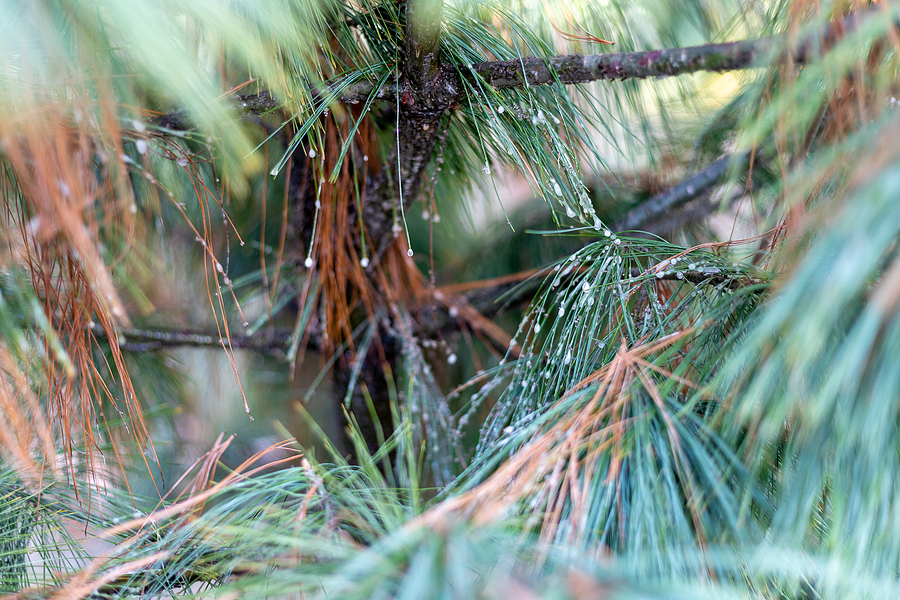
Identifying the Symptoms of a Sick Tree
Just like humans, trees also exhibit physical symptoms when they are not feeling their best. These signs can range from subtle changes in leaf color to more alarming signs, such as wilting or decay. As a tree owner or caretaker, it is essential to keep an eye out for these symptoms and take immediate action if you notice any of them. Ignoring or neglecting these signs of tree illness can lead to the spread of disease, resulting in the death of your tree. So, let’s take a closer look at some common symptoms of tree diseases.
Leaf Symptoms
Leaves are an essential part of a tree’s life cycle and are often the first indicators of sickness. Depending on the type of disease, leaves may exhibit discoloration, wilting, or abnormal growth patterns. Some diseases may also cause leaves to fall off prematurely. For example, Dutch Elm Disease causes yellowing and wilting of leaves before they eventually fall off. Another common symptom is the presence of lesions or spots on the leaves, indicating a fungal or bacterial infection.
Trunk and Branch Symptoms
The trunk and branches of a tree can also display symptoms of disease. These may include cracking or peeling bark, fungus growth, or dead branches. A weakened trunk is also an indication of poor health. If you notice any of these signs, it could be a sign of a more severe issue in the tree’s vascular system.
Root Symptoms
Roots are crucial to a tree’s survival as they absorb nutrients and water from the soil. If there is a problem with the critical root zone, it can have a significant impact on the tree’s overall health. Signs of root disease include stunted growth, yellowing leaves, or bark discoloration. You may also notice fungus growth around the base of the tree.
Taking Action
If you notice any of these symptoms in your tree, it is crucial to take prompt action. The first step is to identify the underlying cause of the symptoms and determine the type of disease or ailment affecting your tree. It is always best to consult a certified tree care professional who can accurately diagnose the issue and provide you with a plan of action. In some cases, early treatment can save a sick tree, while in other cases, it may be necessary to remove the tree to prevent the spread of disease to surrounding plants.
Prevention is Key
Just like with human health, prevention is always better than cure when it comes to trees. Regularly inspecting your trees for any signs of sickness can help catch problems early on and prevent them from spreading. Maintaining proper tree care, such as watering and fertilizing, can also help keep your trees healthy and less susceptible to diseases. Additionally, avoiding damaging practices such as over-pruning or using lawn equipment too close to the tree’s roots can also prevent unnecessary stress on the tree.
In Conclusion
In conclusion, keeping an eye out for symptoms of tree diseases is essential for maintaining a healthy ecosystem and preserving our leafy friends. Some common signs to look out for include changes in leaf color, wilting or decaying branches, and root issues. It is crucial to take immediate action if you notice any of these symptoms and consult a professional arborist for proper diagnosis and treatment.
By staying proactive and following good tree care practices, we can ensure the longevity of our trees and the well-being of our environment. So, the next time you take a stroll in nature, remember to keep an eye out for any signs of a sick tree and do your part in keeping our green spaces healthy and thriving.
Are you in need of expert tree services for your landscaping trees? Contact Timberland Tree Care at 317-348-0811 for licensed and insured tree service in Indianapolis, Indiana. We serve residential and commercial customers all throughout the surrounding Indy areas.
Related Posts:
FAQS About Oak Wilt Tree Disease
Why are My Tree Leaves Brown and Dead at the Edges?
How to Identify a Dead Tree

